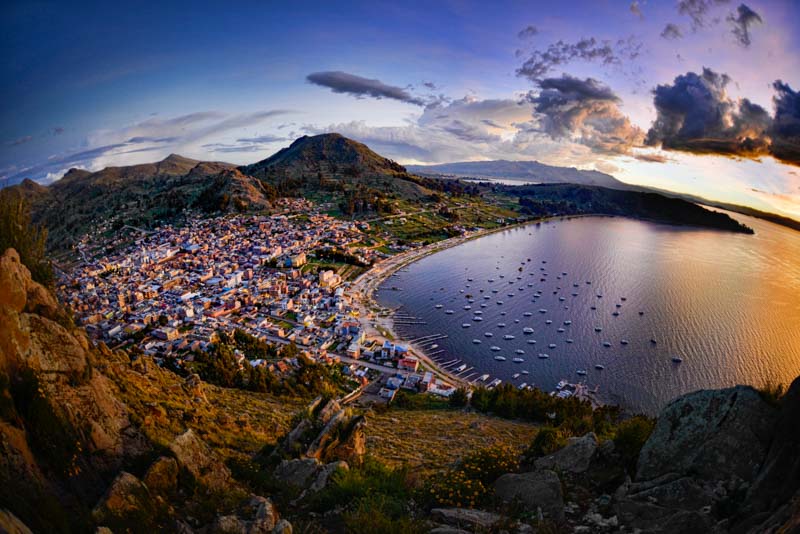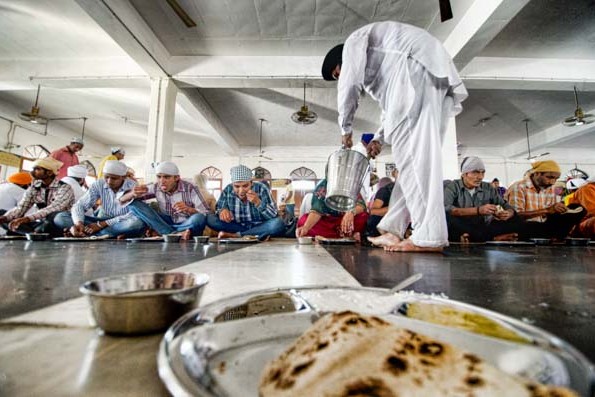Lake Titicaca was the heart of the Incan and Andean civilizations.
Today, its importance is of a more touristic nature.
These are my observations and stories from two weeks there.
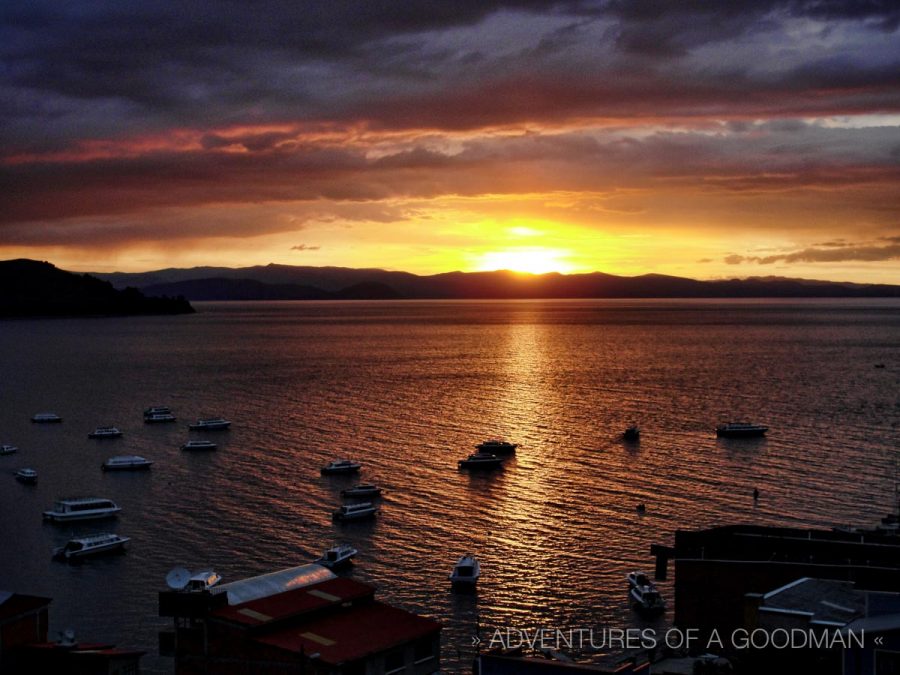
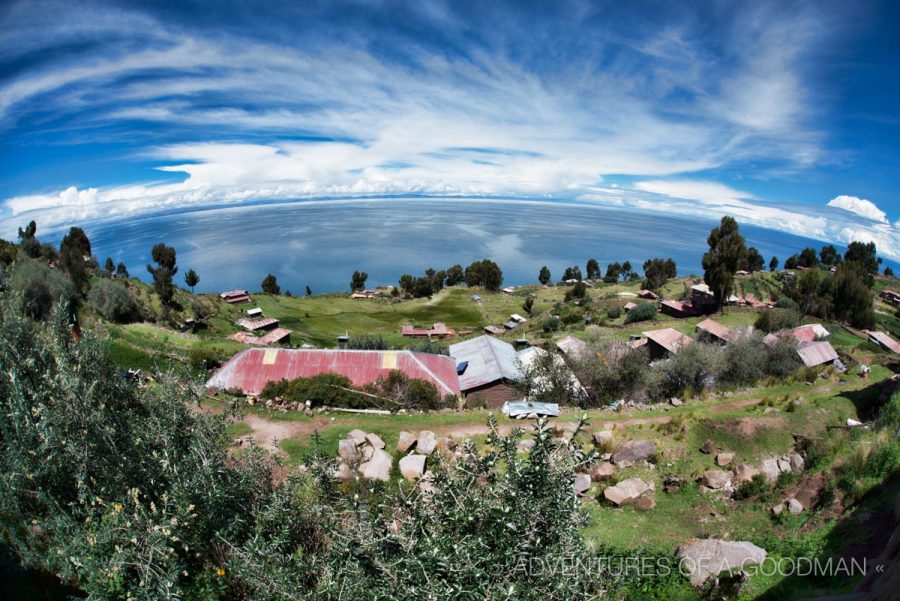
Observations from Lake Titicaca
If you want a beautiful hotel in Copacabana, I highly recommend La Cupula. Specifically, the hot tub and fireplace suite.
Whether it’s for the Virgin festival, Carnival or something else, there always seems to be a marching band rehearsing somewhere in town, as the sound spreads throughout.
It’s amazing how different the Bolivian and Peruvian sides of Lake Titicaca are.
All over Lake Titicaca, there are incredible green mountainsides that have pre-Incan agricultural terraces. Over the centuries, these terraces have been maintained and are still in use.
There are lambs, sheep, goats, cows and pigs everywhere around Lake Titicaca and on its islands.
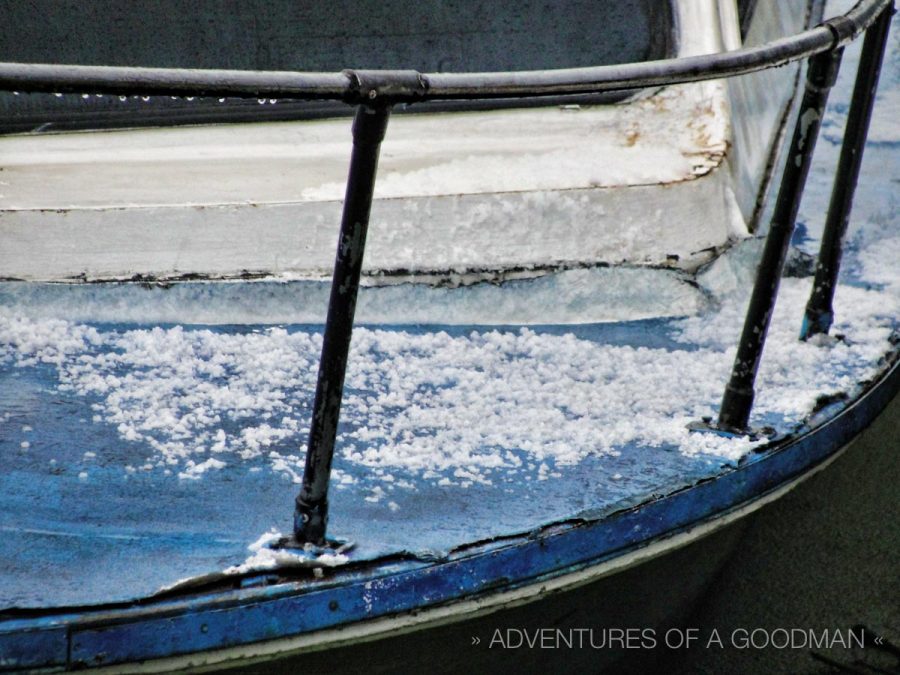

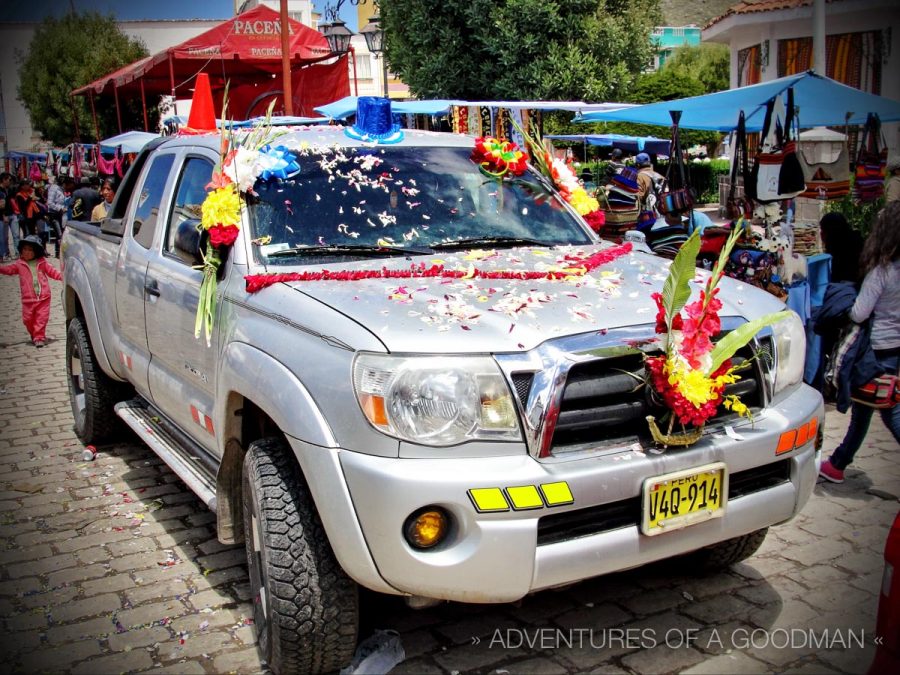

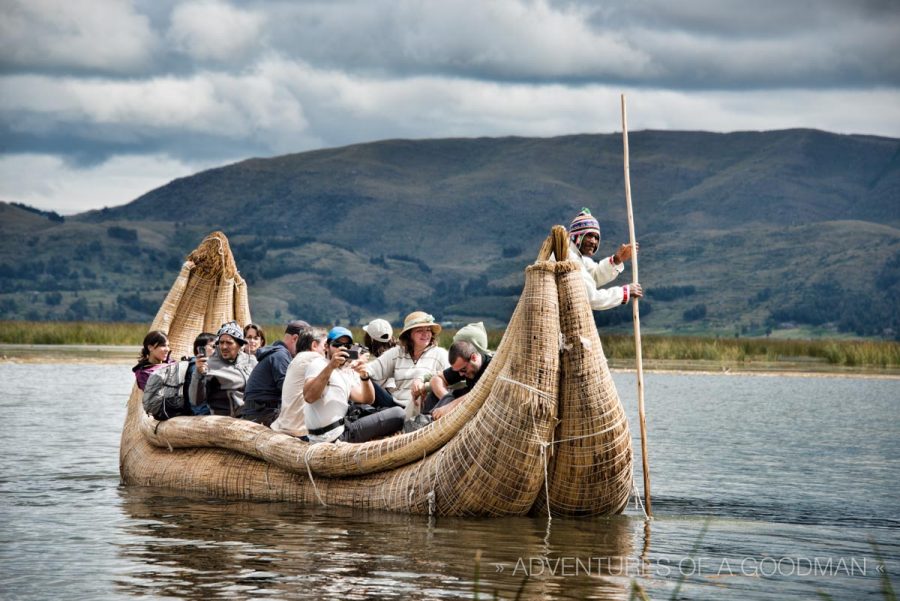
Yum yum… food in my tum tum
Quinoa soup is a staple of every meal and comes in various varieties: broth, creamy, chock-full of vegetables, just quinoa, etc.
Food is very similar on both the Peruvian and Bolivian sides of Lake Titicaca.
Trout is the primary food around Lake Titicaca.
Salchipapas, which are French fries with sliced hot dogs, are very popular and one of my favorite foods in Lake Titicaca. (photo to the right)
Quinoa soup is a staple of every meal and comes in various varieties: broth, creamy, chock-full of vegetables, just quinoa, etc.
In Puno, Peru, your restaurant choices are chicken, pizza, Peruvian Chinese food, lots of bread and salchipapas.
One day while eating lunch, a cute little girl from the adjoining table came over and started asking questions. Soon after, she was joined by her young friend.
As we excitedly talked about all the things one discusses with a pair of 6 year olds, the entire restaurant sat in silence listening to the two gringos conversing with the local children… for nearly an hour.

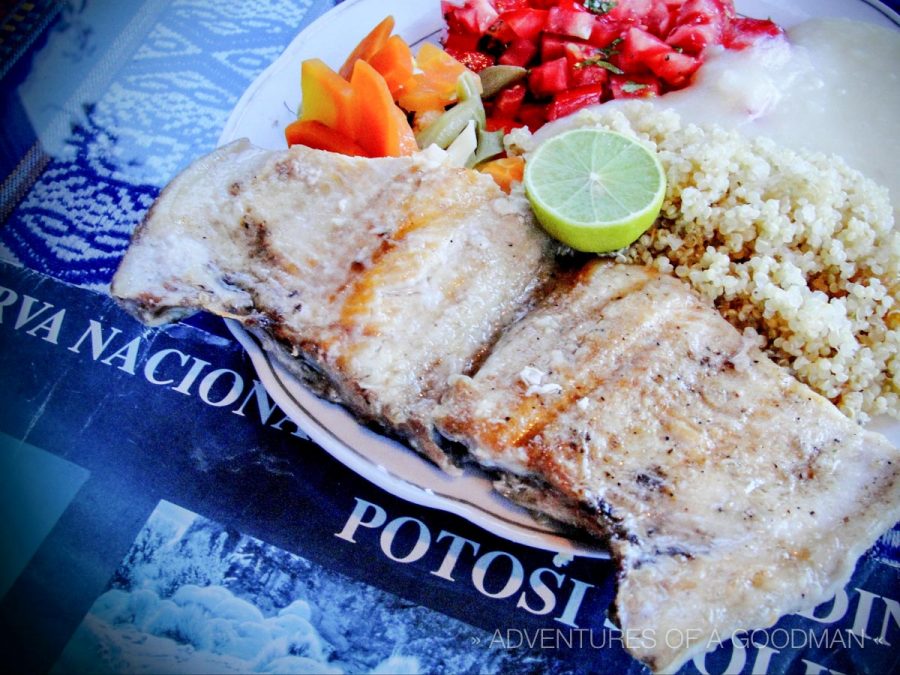
Altitude Sickness – Getting High Sucks!
My first introduction to altitude sickness came on a bus ride that approached 5,000 meters above sea level.
As we drove up the mountains and towards Lake Titicaca, my skin began to tingle and I felt dizzy, nauseous and faint.
Not fun!
Upon arriving at Lake Titicaca, it took another five days at 3,800 meters before the last of my symptoms – a never-ending headache – finally went away.
Thank goodness; as we would spend the next 4 weeks at that altitude or higher.
Funny fact: According to Lonely Planet, one of the cures for altitude sickness is to take a pill whose side effects are nearly the same as the sickness itself, but that is known to also give takers diarrhea and impotence.
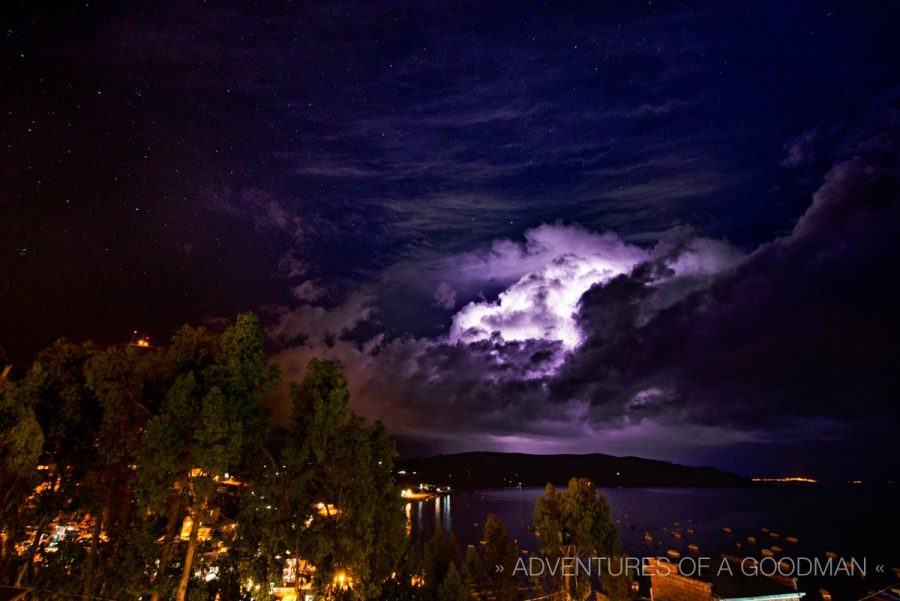
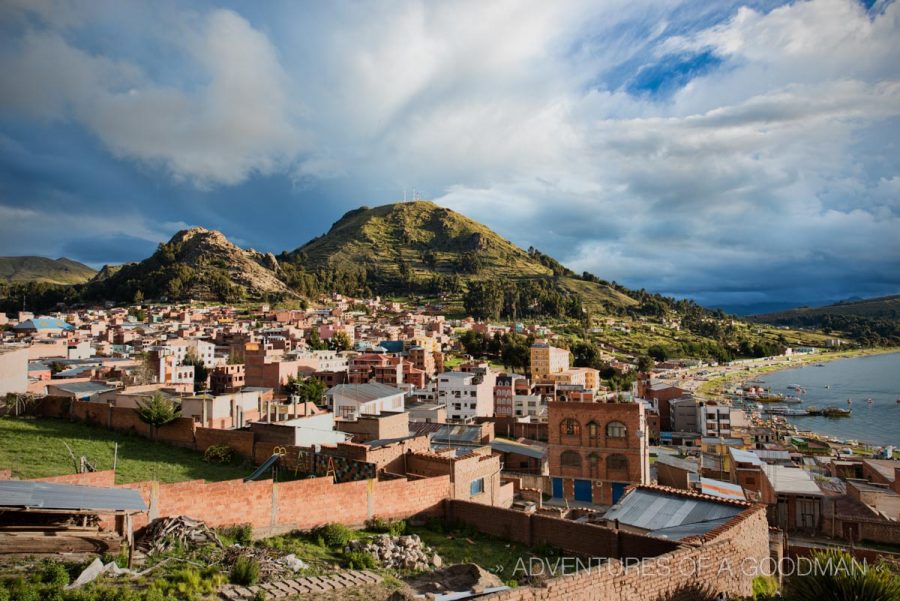
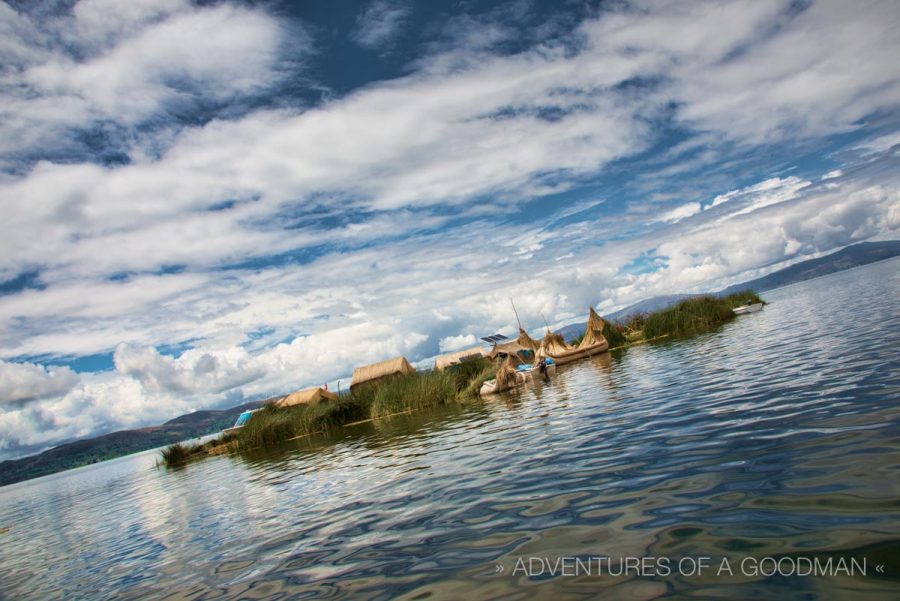
Um, how old are you?
My final story from Lake Titicaca may be my favorite from our entire two weeks there.
At the gold museum on Bolivia’s Isla del Sol, the ticket checker was a very friendly senior citizen.
When informed that we didn’t have tickets, he had to call his superior to open the office.
And who was his superior, you may ask?
Why, a 10 year old girl, of course.
Ahh, the things you see while traveling!
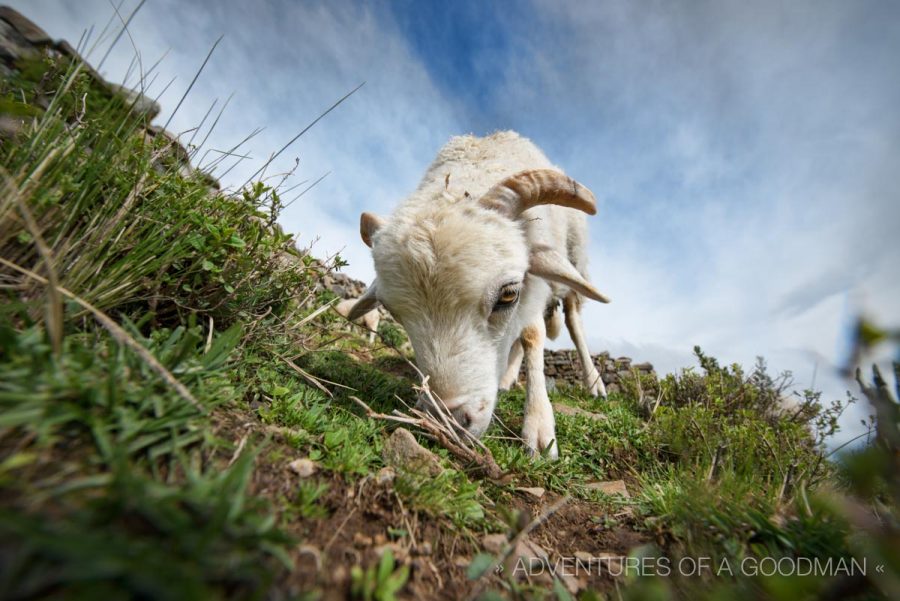
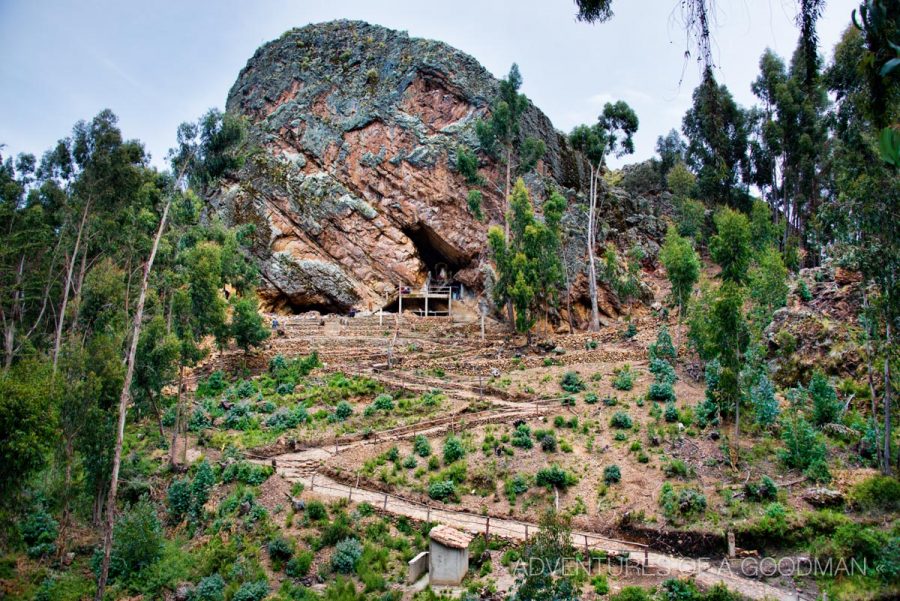
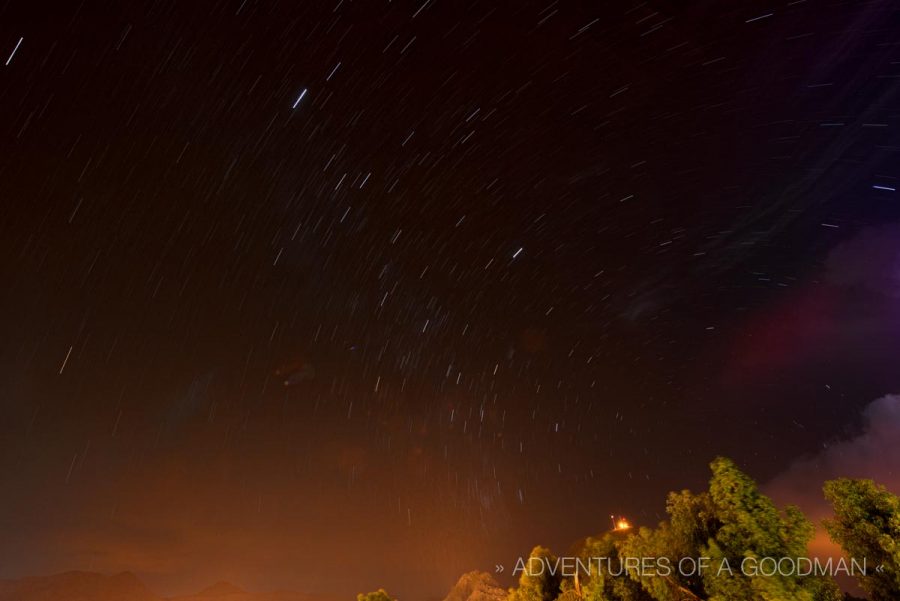

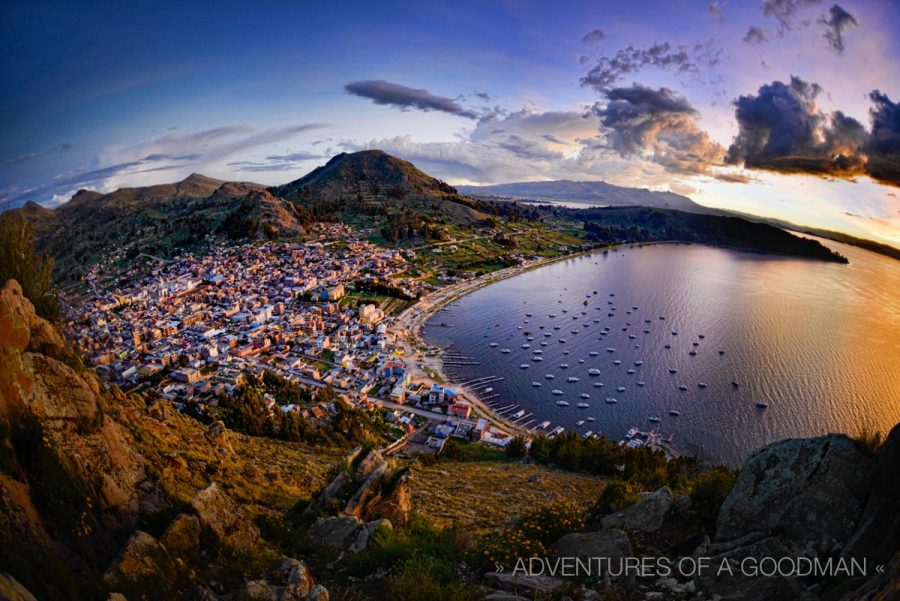
Want to know more about Lake Titicaca?
. . .
Click here for 24 more photos and the
fascinating history of this sacred body of water.
EXPLORE SOMEWHERE NEW
BUY A PRINT
All photos on this site are available as limited edition fine art photographic prints. Please get in touch for sizes and rates.


